Check valve for washing machine - review
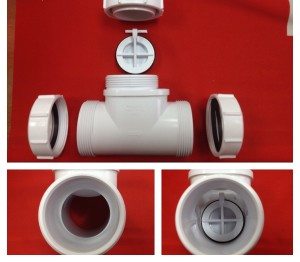 When installing a washing machine, you need to take care of its comprehensive protection from various risks, including the so-called “siphon effect”. The check valve is designed to protect the washing machine from such an unpleasant effect. In this article, we will discuss what a check valve is, what its functions are and what its operating principle is. In addition, we will review the various types of such devices and their manufacturers.
When installing a washing machine, you need to take care of its comprehensive protection from various risks, including the so-called “siphon effect”. The check valve is designed to protect the washing machine from such an unpleasant effect. In this article, we will discuss what a check valve is, what its functions are and what its operating principle is. In addition, we will review the various types of such devices and their manufacturers.
Overview of the device and its functions
A non-return valve or anti-siphon is designed to protect the drain system from returning waste water from the sewer back to the washing machine tank. This can and often happens if the machine is not connected to the sewer correctly. In this case, dirty water, along with wastewater, enters the tank, spoils the laundry in the washing machine drum, and also significantly increases energy consumption.
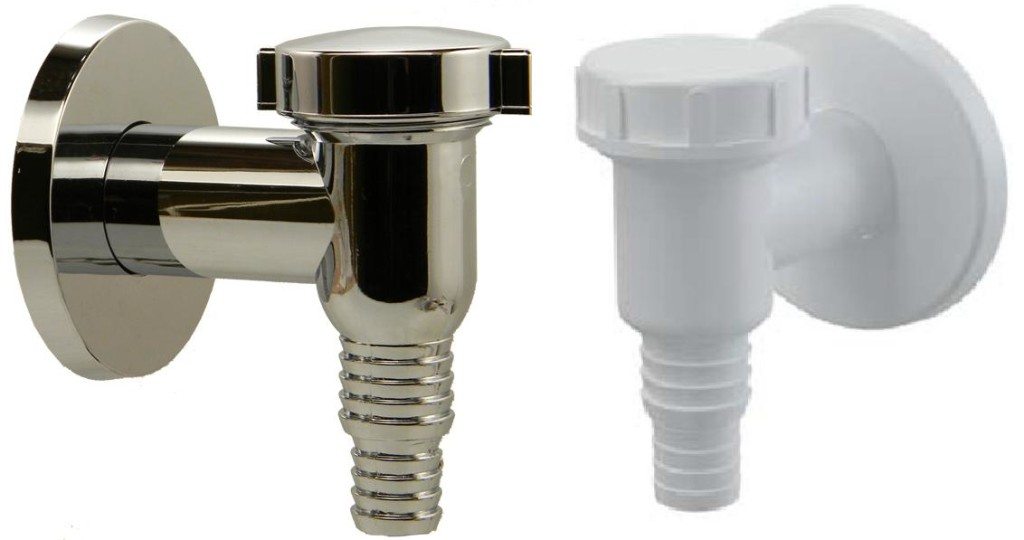
The non-return (anti-siphon) valve does not prevent waste water from leaving the tank automatic washing machine LG, Samsung, Siemens and any other. Moreover, if water flows from the sewer back into the tank, a special damper will immediately block its path. To purchase a high-quality drain with a valve, you need to decide on the types of such devices and their manufacturers. There are five types of anti-siphon valves:
- solid;
- segmental;
- wall;
- mortise;
- under the sink.
There is no fundamental difference between these devices; they all perform the same function - they ensure normal drainage of water.However, there are nuances when connecting a specific washing machine (for example, LG) to the sewer system. If the quality of tap water leaves much to be desired, a segment valve is installed so that it can be periodically disassembled and cleaned of water stone and debris.
If the water in the water supply is normal, you can install a one-piece anti-siphon valve, but it will still have to be changed every 2-3 years.
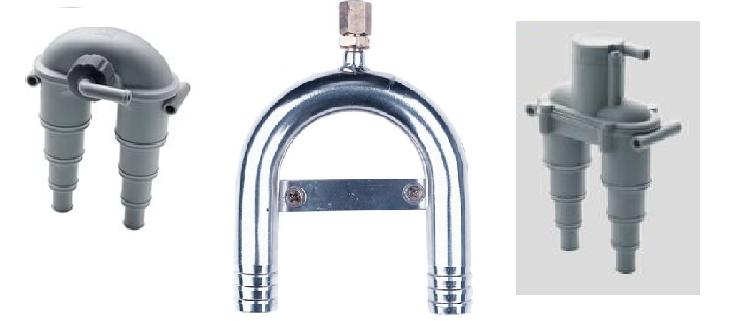 Wall valves are quite expensive and are used if drainage communications need to be located in a narrow space between the wall and the back wall of the washing machine. They allow you to significantly save space by placing the device along the wall; in addition, a valve of this design looks very aesthetically pleasing.
Wall valves are quite expensive and are used if drainage communications need to be located in a narrow space between the wall and the back wall of the washing machine. They allow you to significantly save space by placing the device along the wall; in addition, a valve of this design looks very aesthetically pleasing.
Mortise valves are useful if you plan to drain directly into a sewer pipe. In this case, a tap is made into the sewer pipe, and an anti-siphon valve is mounted into this tap. The valve under the sink has a design that is ideal for embedding into a sink siphon, while a similar valve can be installed into a siphon of almost any design.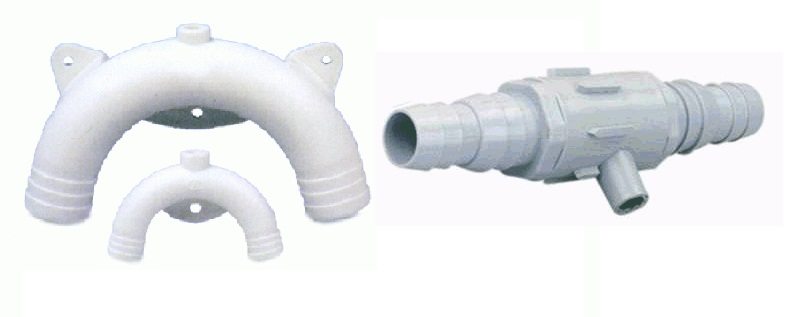
Washing machine installers recommend several models of check valves. Let's look at them.
- Polypropylene wall-mounted anti-siphon valve from the Czech company Alcaplast. A simple, reliable and relatively inexpensive device that fits the drain hoses of any model of washing machine. Designed for end connection with a sewer pipe. The check valve is spring-loaded, chrome plated, there is a reflector decorating the connection point. Provides perfect drainage of waste water. Approximate price 8 USD
- Polypropylene mortise anti-siphon valve from the Italian company Siroflex. This check valve can be installed by inserting into a sewer pipe or as a connecting element of a drain hose. The mechanism consists of a spring (stainless steel) and a rubber membrane. Provides high-quality water drainage. Approximate price 7 USD
- Polypropylene segmental anti-siphon valve from the Italian company Merloni. This valve is mounted in a siphon under the sink and, if necessary, can be disassembled and cleaned of debris. The valve itself is represented by a spring and a rubber membrane. Provides high-quality water drainage. Approximate price 8.5 USD
How does the device work?
The check valve is designed quite simply, and the principle of operation is as follows. A specially shaped tube contains a spring or ball valve; the tube is installed on a drain hose, siphon or sewer pipe. When an LG washing machine (or any other) begins to drain water, it passes through the valve under pressure, opening it, and goes into the sewer. If a “siphon effect” is created, that is, water from the sewer tries to return to the machine’s tank, then it will hit the valve, which will not open inward.

It turns out that water from the tank pours out through the sewer pipe and passes through the valve relatively calmly, but it will not pass back out of the sewer. In spring valves, a similar effect is achieved due to a spring and a rubber membrane, which seals the pipe opening from wastewater. And in ball valves, the hole is closed by a special ball made of soft rubber.
How to install and how to replace the device?
Installing a check valve yourself must be done taking into account the features of its design, however, the general installation principle will be identical in all cases.
The anti-siphon device is a complex tube, the outlets of which have different diameters on both sides. We cut one side into a sewer pipe or connect it to a siphon, and connect the other side to the drain hose of an LG washing machine (or any other). All connections must be carefully sealed with your own hands. and that's where the work ends.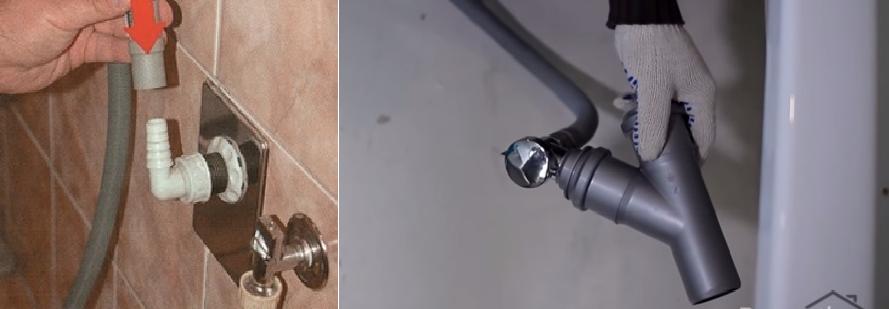
It should be noted that work on installing an anti-siphon device is not always justified. According to experts, a check valve should be installed when:
- you connect the washing machine to the sewer pipe directly and it is technically impossible to lift such a pipe. In this case, the insert is too low near the floor;
- you connect the washing machine drain hose to the siphon located under the sink.
If the drain hose of the washing machine is connected according to all the rules to a sewer pipe raised to the required height, then there is no need to connect an anti-siphon device. Read more about the correct connection of a washing machine to the sewer in the article about DIY installation and connection of the washing machine.
But if there is an unpleasant odor coming from the drum of your LG washing machine (or any other), and the laundry remains dirty after washing, then you should buy and install an anti-siphon yourself. In this case, there is no replacement for this device!
In conclusion, we note that it is necessary to organize the drainage of waste water from the washing machine tank correctly. If problems arise with the return of water from the sewer to the tank, then a check valve should be installed.This device has the simplest operating principle, but brings enormous benefits.
Interesting:
2 reader comments
Add a comment Cancel reply
Categories
Washing machine repair


For buyers

For users

Dishwasher


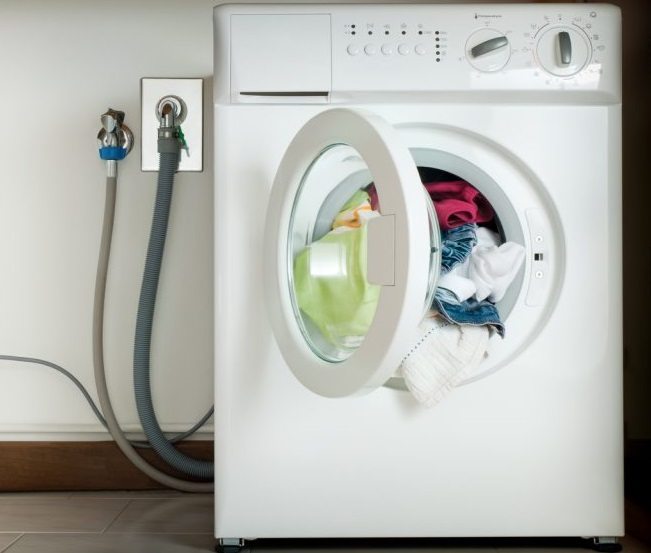
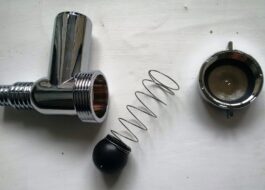
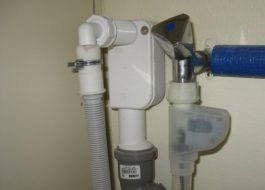
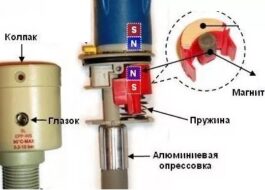











A check valve and an anti-siphon valve are different devices, do not be misled.
I agree with anonymous